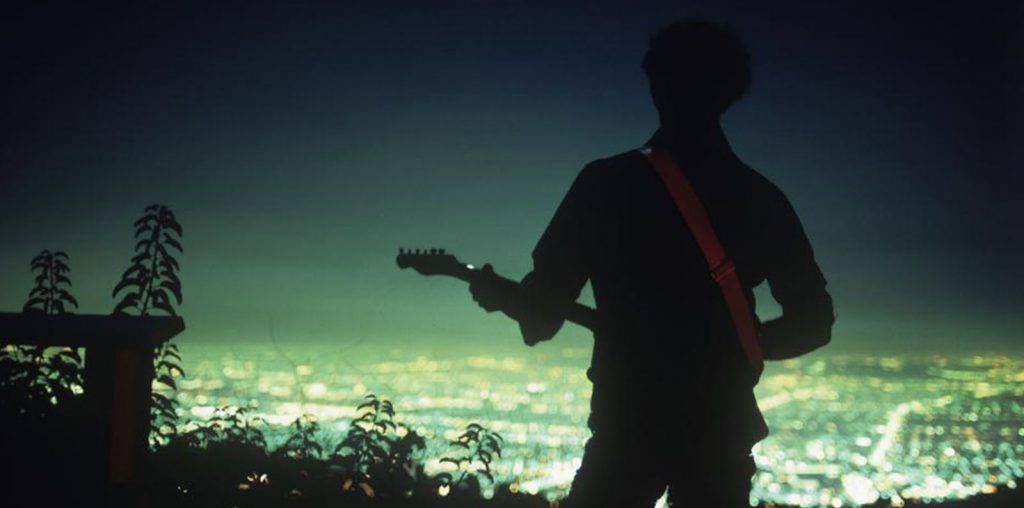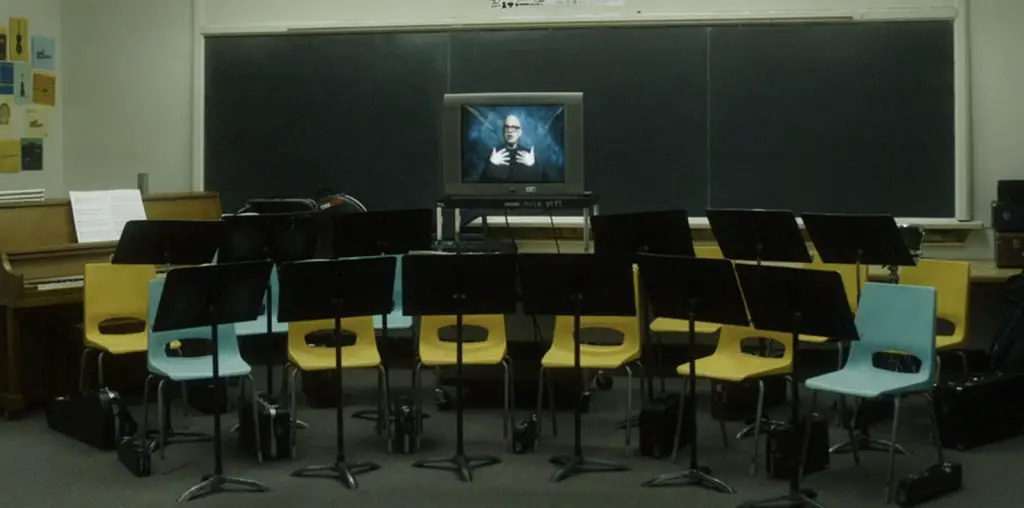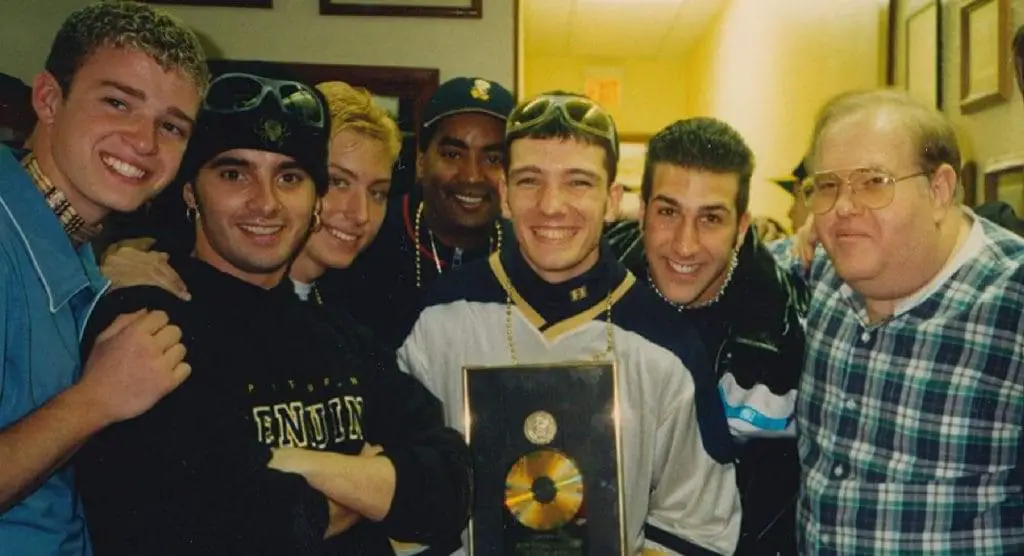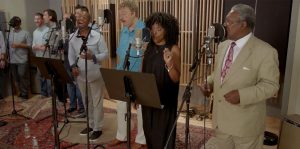
If the film has a problem, it’s that, even considering the relatively short time span during which doo-wop rose and fell, it has to cover more ground than its runtime really allows. There are a ton of influential songs and a lot of compelling, out-sized personalities (like Gourdine and The Crystals’ La La Brooks) that might have been better served by a more expansive, Ken Burns miniseries type of format.
Still, Streetlight Harmonies manages to conjure up some compelling and highly evocative vignettes. One standout is a segment devoted to the pop-music mecca that was New York City’s famed Brill Building. It was a place where artists, producers, and publishers flourished under one roof, cranking out “next-big-thing” performers and mega-hit songs with assembly-line efficiency. Some of the less positive aspects of the era are represented, as well. A lengthy section of the film is devoted to these young, minority singing groups touring in the South, facing segregation and discrimination in every town they’d been scheduled to perform.
“…manages to conjure up some compelling and highly evocative vignettes.”
Like many of the artists themselves, though, the style was resilient, and Streetlight Harmonies is at least moderately convincing in proving doo-wop’s influence on later eras of American music. It might have been nice to hear as much from some more contemporary artists. The film leans maybe a bit too heavily on 90s era acts like En Vogue, Brian McKnight, and NSYNC’s Lance Bass to establish the genre’s continued relevance. But their passion is infectious, even if the connections are somewhat tenuous.
Don’t get it twisted, though; Streetlight Harmonies doesn’t need to be the last word on doo-wop. It accomplishes what all of the best music documentaries do: it engenders great respect for the artists, and a desire not only to seek out and revisit the songs it features but also to go beyond the film’s selections and uncover the rest of what doo-wop had to offer. And, again, there’s that nostalgia for something that most of us never got to experience firsthand: those warm voices of young friends singing their hearts out on the street corner or down on the subway platforms – the sweet sound of a simpler time. The film fleetingly, but vibrantly, brings it back to life.
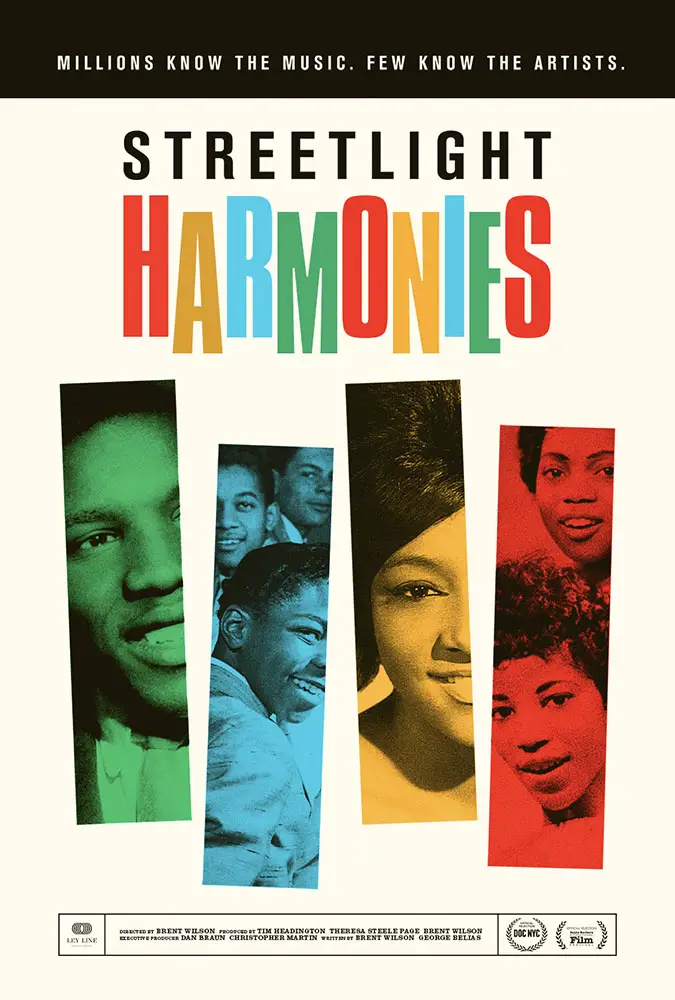
"…Like many of the artists themselves, though, the style was resilient..."
